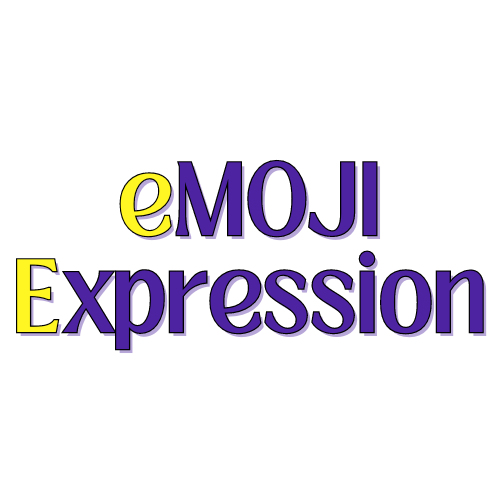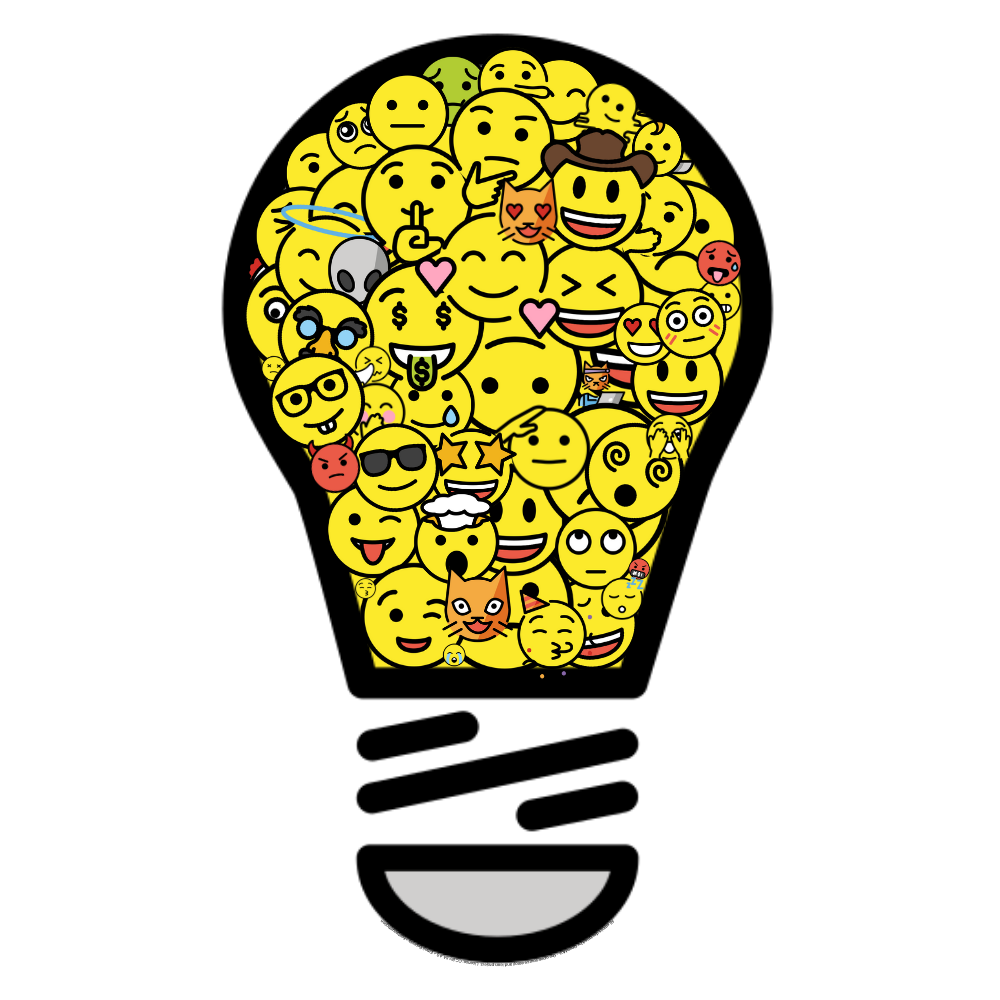I want to take a moment to celebrate not only the wonders of language learning but also the wonderful world of emoji. If you've been following my Emoji Expression journey, you know how much I appreciate the power of these tiny symbols to convey emotions, ideas, and expressions. And guess what? I recently stumbled upon a blog post by Duolingo, which beautifully connects the dots between language, communication, and emoji.
Before I dig into their intriguing findings, let's talk a little bit about the joys of learning a new language. As someone who has been using Duolingo everyday to brush up on my French skills, I can't stress enough how valuable this platform is for language enthusiasts like me. It's a fantastic tool that allows us to explore different cultures, connect with people worldwide, and open doors to new opportunities.
Now, onto the main course – Duolingo's captivating blog post on emoji! Written by Cindy Blanco and Hope Wilson, this article delves into the fascinating world of emoji, shedding light on how these small, expressive symbols have become a global language of their own.
In their exploration, Duolingo emphasizes that just as we use various elements like facial expressions, body language, and intonation when speaking or signing, emoji play a crucial role in adding nuance, style, and flavor to written language. It's like a secret code that helps us convey whether we're being serious, silly, skeptical, or confident.
Emoji - More Than Meets the 👀
Duolingo beautifully illustrates how emoji have evolved beyond simple embellishments for our messages. They serve as substitutes for gestures, facial expressions, rhythm, intonation, punctuation, and even clarifications. In essence, emoji are our silent companions in the written world, enabling us to communicate in ways we might not have thought possible.
Do We All Use Emoji the Same Way? 🤭
The short answer is no! Just as languages evolve and vary across cultures and individuals, so does emoji usage. Duolingo's blog post highlights that emoji usage is influenced by factors like your background, age, ethnicity, gender, and culture. The context in which you use emoji can also alter their meaning. Think about the emoji you send to colleagues, old friends, or new acquaintances – they might differ, right?
For instance, their survey data revealed that:
-
49% of white respondents reported using the 💅 emoji for "taking care of myself," while responses from Black respondents were more varied: 29% use it to mean there's gossip, 28% say it means "taking care of myself," and 26% don't use it at all.
-
Women and Black respondents were more likely than men or white respondents to use 😂 and 😭 to acknowledge that something is intended to be funny, even when they themselves don't really find it funny. In contrast, men and white respondents use 😂 when they think something is genuinely hilarious.
-
Men are more likely to say they always use emoji for all kinds of recipients (coworkers, bosses, family, and friends) compared to women, who report using them less often.
Emoji Miscommunications Happen to the Best of Us 🤣
Duolingo's survey revealed that emoji miscommunications are widespread. Whether it's misinterpreting an emoji or having yours misunderstood, it's a relatable experience for many. The blog post even breaks down some of the most commonly confused emojis, showing that emoji's nuanced nature can sometimes lead to humorous mix-ups.
For example, their survey found that:
-
74% of people have had some misunderstanding with an emoji, either their emoji was misunderstood, or they misinterpreted someone else's emoji.
-
The emoji people have most often confused the meaning of include: 👀 😭 😘 🍑.
-
For 😭, 25% use it to mean tears of joy, and 25% use it for crying from being upset.
Emoji Help Us Convey More with Fewer Words 🏆
Lastly, Duolingo's survey reveals that emoji are not just fun and games; they're essential tools in modern communication. Two-thirds of respondents believe emoji help them communicate faster and with greater nuance. They bring us closer, making our messages feel more complete and our connections stronger.
A massive shoutout to Duolingo for their insightful exploration of the emoji universe. It's heartening to see an organization dedicated to language learning recognizing the significance of emoji in modern communication. And I love that their survey was conducted over 11 countries (U.S., the U.K., Canada, France, Japan, China, Singapore, India, Germany, South Korea, and Australia) and 9,400 respondents.
If you're as intrigued by this as I am, make sure to check out Duolingo's full blog post, complete with data and an infographic that presents their survey findings. (It was a survey on Emoji Trends originally put emoji on my radar in the first place. So I'm partial to emoji surveys now!)
And remember, learning a new language not only broadens your horizons but also deepens your understanding of the world of emoji.
Source: Duolingo Blog
As the Emoji Expression journey continues, let's celebrate the diverse and ever-evolving world of emoji... the tiny picture symbols that have the power to bridge gaps, convey emotions, and connect people across the globe, just like the languages we learn on platforms like Duolingo.
Stay tuned for more emoji adventures, and don't forget to keep exploring the beauty of languages, both spoken and emoji! 🚀📖🤗
Cheers,

Chief Moji Muser and EmojiIRL™ Creator
#emojiexpression #emojiIRL #getyourmojion


